Quantum mechanically entangled groups of eight and ten ultracold atoms provide a critical demonstration for optical-lattice-based quantum processing.
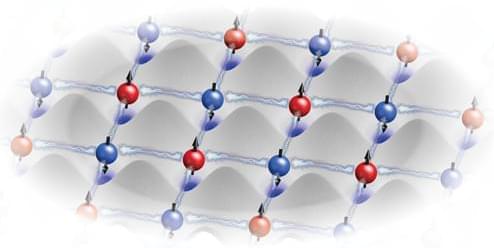


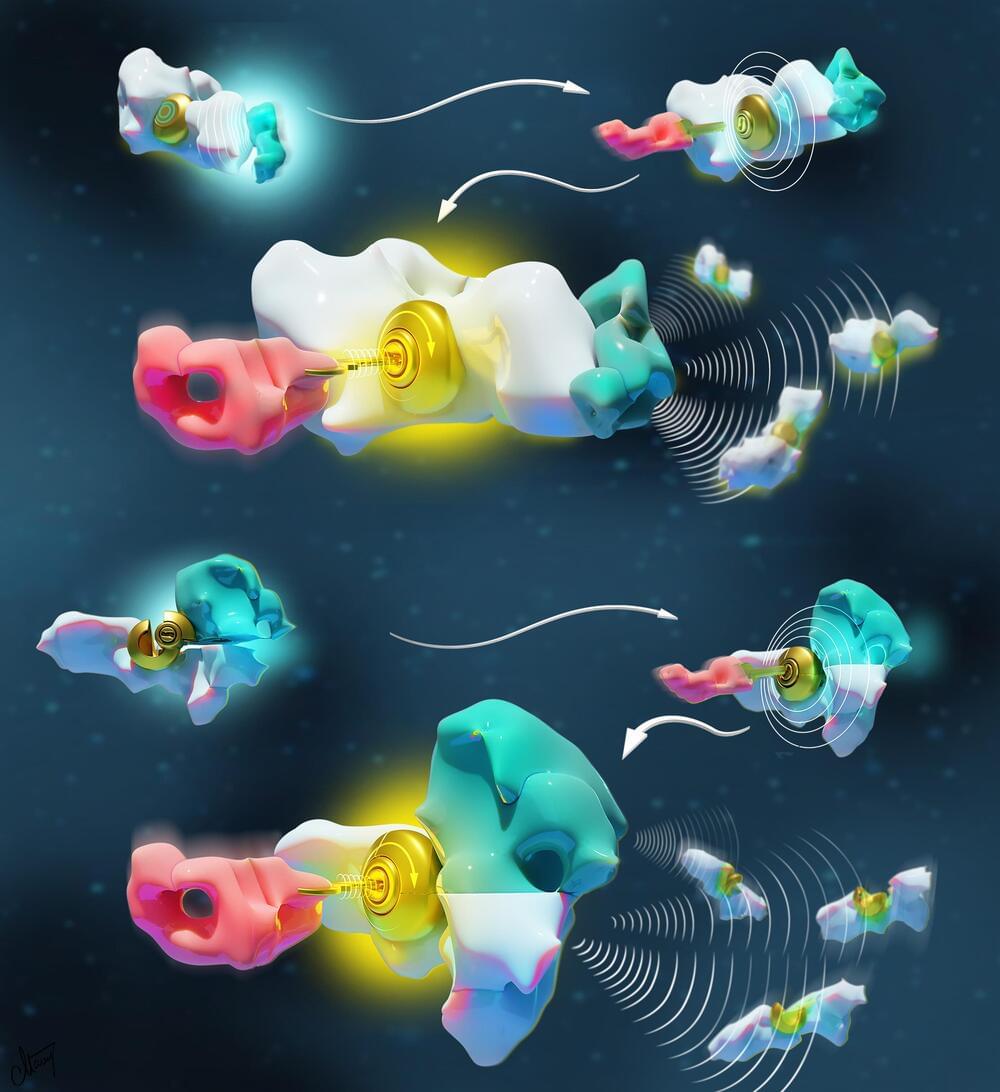
Two molecular languages at the origin of life have been successfully recreated and mathematically validated, thanks to pioneering work by Canadian scientists at Université de Montréal.
The study, “Programming chemical communication: allostery vs. multivalent mechanism,” published August 15, 2023 in the Journal of the American Chemical Society, opens new doors for the development of nanotechnologies with applications ranging from biosensing, drug delivery and molecular imaging.
Living organisms are made up of billions of nanomachines and nanostructures that communicate to create higher-order entities able to do many essential things, such as moving, thinking, surviving and reproducing.

Subscribe: RSS
Faith Popcorn founded her futurist marketing consultancy in 1974. She’s been called “The Trend Oracle” by the NY Times and “The Nostradamus of Marketing” by Fortune. Faith is a trusted advisor to the CEOs of Fortune 200 companies and has predicted a variety of trends such as Cocooning and its impact on the COVID culture, Social Media, and The Metaverse. She has been invited to speak all over the planet and is the best-selling author of four books. Finally, in her own words, Faith is a jew educated at a Christian School, a Caucasian who grew up among Asians, a 6th generation New Yorker and the adopted mother of 2 girls from China.
During our 2-hour conversation with Faith Popcorn, we cover a variety of interesting topics such as why she is the Cassandra of our era; her unique background and upbringing; the origins of her Faith Popcorn name; futurism, misogyny and gender equality; her mission to bring a vision of what’s coming; saving the planet and the trends to pay attention to; her client cases like Campbell Soup, Kodak, Coke, Pepsi, Tyson Foods and others; male vs female leaders; Futurism vs Applied Futurism; why the future is vegan; why the biggest shifts are in humanity, not in technology; trend recognition, utilization, and creation; AI and the singularity.

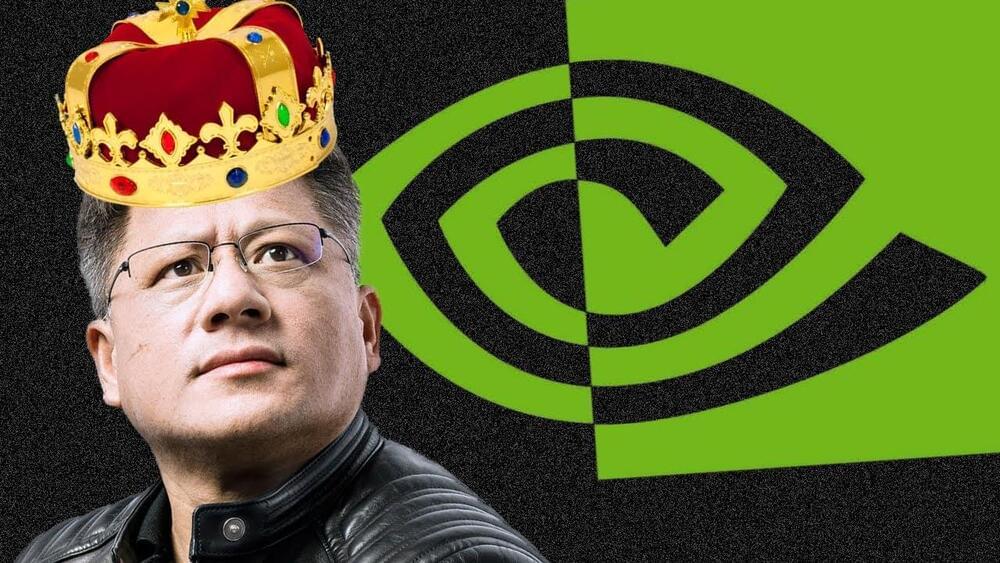
A recent estimate of NVIDIA’s profits from the AI hype shocked us all, as it was disclosed that the company earns a whopping 1000% profit on its H100 AI GPUs.
NVIDIA’s Plans to Generate $300 Billion By AI-driven Sales Seems Achievable Given The Vast Profits Being Made
Tae Kim, a senior writer from the media outlet Barron’s, estimates that NVIDIA is reaping immense benefits from its vast AI sales, potentially breaking all records.
The need for window-washing humans or robots, therefore, is only going to get bigger in 21st-century cities around the world.
Ozmo combines a flexible robotic arm, artificial intelligence, machine learning and computer vision to clean building facades. It has onboard sensors that can adjust the pressure needed based on the type and thickness of the glass. Onboard LiDAR maps the building facades it is working on in three dimensions. As it moves it calculates its cleaning path hundreds of times per second while adapting to variable external environments by using onboard machine learning. Windy conditions pose no threat. And no humans are at risk as it allows for remote control operations by a handler should Ozmo need to be shut down.

Don’t put anything into an AI tool you wouldn’t want to show up in someone else’s query or give hackers access to. While inputting every bit of information you can think of in an innovation project is tempting, you have to be careful. Oversharing proprietary information on a generative AI is a growing concern for companies. You can fall victim to inconsistent messaging and branding and potentially share information that shouldn’t be available to the public. We’re also seeing increased cyber criminals hacking into generative AI platforms.
Generative AI’s knowledge isn’t up to date. So your query results shouldn’t necessarily be taken at face value. It probably won’t know about recent competitive pivots, legislation or compliance updates. Use your expertise to research AI insight to make sure what you’re getting is accurate. And remember, AI bias is prevalent, so it’s just as essential to cross-check research for that, too. Again, this is where having smart, meticulous people on board will help to refine AI insight. They know your industry and organization better than AI and can use queries as a helpful starting point for something bigger.
The promise of AI in innovation is huge, as it unlocks unprecedented efficiency and head-turning output. We’re only seeing the tip of the iceberg as it relates to the promise the technology holds, so lean into it. But do so with governance—no one wants snake tail for dinner.
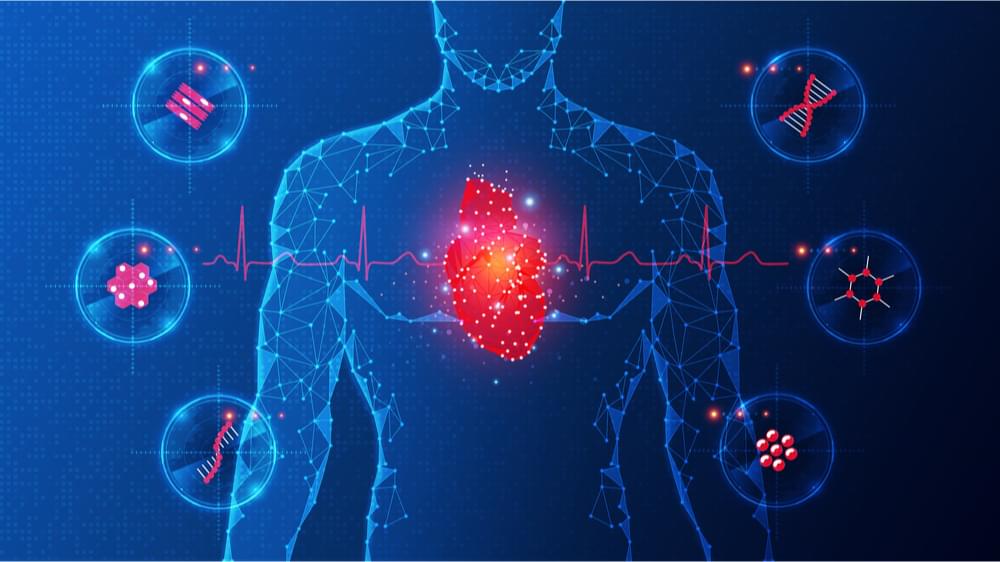
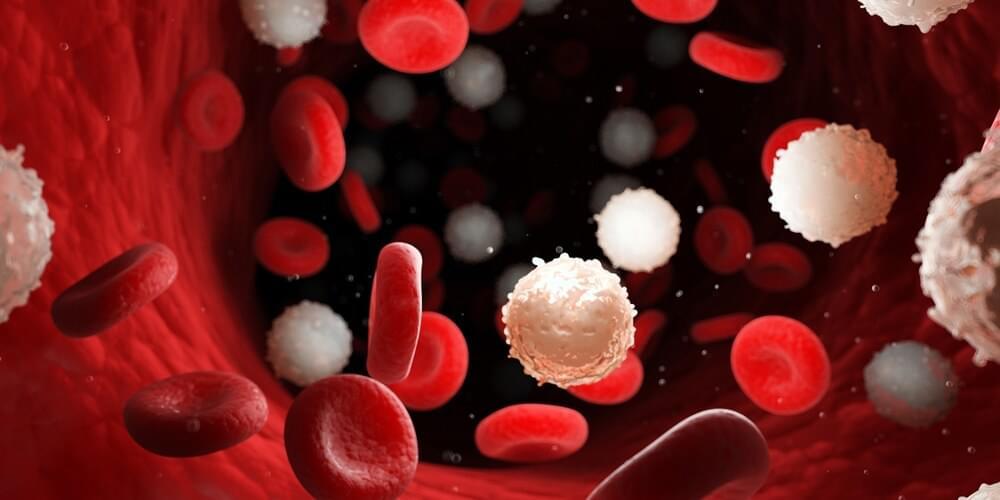
In a recent pre-print study posted to the medRxiv* server, researchers conducted a comprehensive genome-wide association study (GWAS) to elucidate the genetic architecture of circulating retinol, identify its potential causal relationships with various clinical phenotypes, and evaluate its therapeutic or nutritional implications.
Study: Genetic influences on circulating retinol and its relationship to human health. Image Credit: SciePro/Shutterstock.com.

 *Important notice: medRxiv publishes preliminary scientific reports that are not peer-reviewed and, therefore, should not be regarded as conclusive, guide clinical practice/health-related behavior, or treated as established information.
*Important notice: medRxiv publishes preliminary scientific reports that are not peer-reviewed and, therefore, should not be regarded as conclusive, guide clinical practice/health-related behavior, or treated as established information.